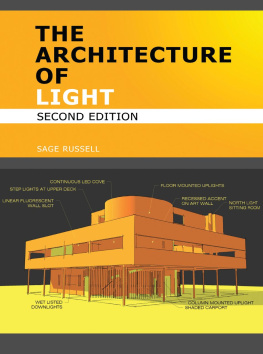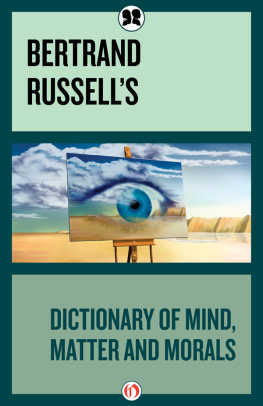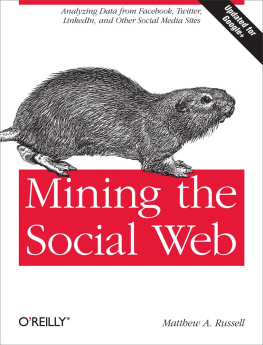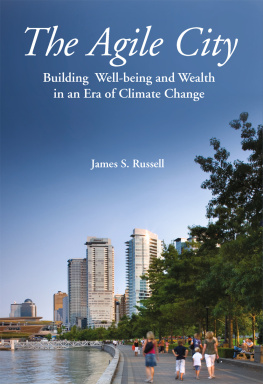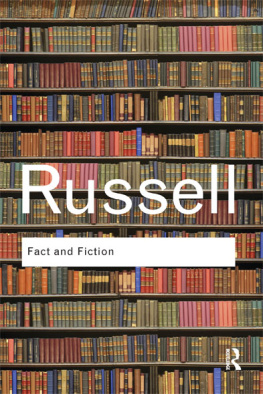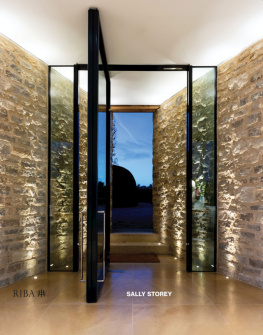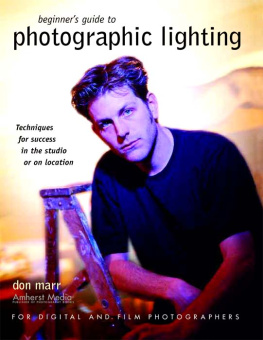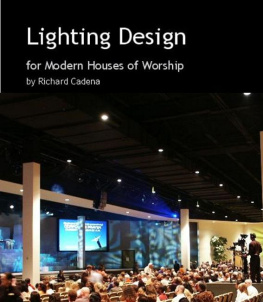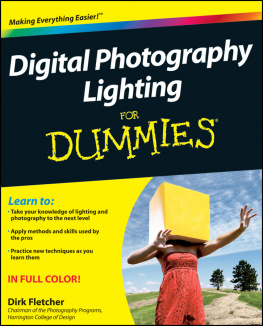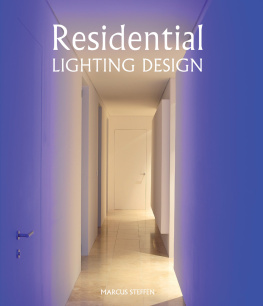

Limit of Liability / Disclaimer of Warranty
While the author and the publisher of this book have made every effort in preparing this book, they make no representations or warranties with respect to the accuracy or completeness of the content. Nothing in this book should be construed as an endorsement, warranty, or guaranty by the author or publisher of any product, process, technique, system, or service. Users of this book are responsible for applying their own knowledge when using the information provided herein. Neither the publisher nor the author shall be liable for any loss of profit or other commercial damages arising from the use, application or adaptation of the information provided.
The photographs, illustrations, diagrams and other information in this book have been compiled from many sources, both commercial and private. The author and publisher have made every effort to obtain permission from the original copyright holders.
It is acknowledged by the author and publisher that all service marks, trademarks, and copyrighted images and graphics appear in this book for editorial purposes only and to the benefit of the service mark, trademark, or copyright holder, with no intention of infringing on that service mark, trademark, or copyright. Nothing in this book should be construed to imply that respective service mark, trademark, or copyright holder endorses or sponsors this book or any of its contents.
Copyright 2012 by Conceptnine, La Jolla, CA
All rights reserved.
No part of this publication may be reproduced, stored in a retrieval system, or transmitted in any form or by any means, electronic, mechanical, photocopying, recording, scanning, or otherwise, except as permitted under section 107 or 108 of the 1976 United States Copyright Act without the prior written permission of the publisher. Requests for permission or further information should be addressed to Permissions, Conceptnine, 340 South Lemon Ave., #4545, Walnut, CA 91789
Library of Congress Cataloging in Publication Data
Russell, Sage.
The Architecture of Light / by Sage Russell.
p. cm.
Includes index.
ISBN-13: 978-0-9800617-1-0
ISBN-10: 0-9800617-1-7
eBook ISBN: 978-0-9800617-4-1
Library of Congress Control Number: 2012907632
1. Electric lighting. 2. Lighting, Architectural and decorative. I. Title
ARC007010
2.1
10 9 8 7 6 5 4 3 2 1
WELCOME TO THE SECOND EDITION.
Wow!
It is hard to believe it has been four years since the first copies of this book hit the shelves. I cant express enough gratitude to all of the instructors, students, designers and just plain light aficionados out there who have joined The Architecture of Light family. I love your feedback and am thrilled to have such an enthusiastic audience.
Whats new in the second edition?
Besides new diagrams, design process ideas, sample projects and an expanded basic luminaire family, this second edition addresses the rapid changes that have affected the lighting design practice.
Lighting design has been moving at a blistering pace over the last few years, primarily in the realms of code compliance, sustainable design, and of course light emitting diode (LED) technology.
Energy codes and compliance
The rolling wave of national and local energy compliance regulations has vastly expanded the responsibilities of the Lighting Designer. Expertise in these constantly changing codes is absolutely critical not only for outstanding design, but for efficiency in dealing with the documentation and third party software that demonstrate compliance. Whether its ASHRAE, DOE or your local codes, expertise is absolutely expected of the serious Lighting Designer.
Sustainability incentives
Projects of all scale and scope are pursuing the benefits that come from sustainable design. Between government sponsored incentives, life-cycle economic benefits and just plain pride of good design, there is no shortage of programs - well-known and obscure - to guide design direction. The EPA, DOE, Energy Star and the USGBCs LEED programs provide resources and assistance for all manner of efficient design. Sustainability is a broad, fast-changing area of expertise that a good designer must stay on top of.
Resources for researching code compliance and sustainability incentives can be found in at the back of this book.
Light source and Luminaire technologies
The ways we convert electricity to visible light, and deliver that light to the designed environment have changed dramatically since the first printing of this text. Back then, LEDs were a work in progress; more useful for color changing effects than anything task related. HID luminaires were just beginning to make in-roads in color critical interior environments, and the incandescent source was not being pushed towards phased extinction.
My how things have changed! Throughout this volume, you will see evidence of these ever-evolving technologies and best practices for implementing the latest generation of electric light sources and daylight technologies.
So lets get on with it
This second edition is designed to efficiently and enjoyably deliver a lighting design education that is immediately useful for the reader. It includes knowledge that eluded me until well into my professional career. I believe this text will make you a better designer, regardless of your design focus.
But first
My heartfelt thanks to the exceptional people that made The Architecture of Light possible and assisted in creating this second edition:
David DiLaura, for inspiring an unfailing interest in the science of illumination.
Patrick Quigley, the inspiration behind all things choreography related.
Greg Gorman, who taught me that light is responsible for beauty.
Nancy Clanton, a driving force in spreading the word about light and the environment.
Cynthia Burke, my longtime design colleague who gave me every opportunity to shine.
Jennifer Luce, who shaped my idea of the design process.
Chad Watters, Diane Borys, and Jenn Doran The studio crew that kept lighting design fun.
I would also like to extend special thanks to my editors. Without these dedicated souls, there is no doubt that the content and legibility of this text would have suffered greatly. In the same breath, I would like to absolve them of any responsibility for the information provided here. Any errors or erroneous content is solely the fault of the author.
Lastly,
This book is still dedicated to anyone who sits through my lectures or design presentations indulging my discussions about design, art, culture, food, travel and everything else.
Thanks for being part of the Family,

Sage Russell 2012
More teaching and learning resources can be found online at:
WWW.LIGHTINGTEXTBOOK.COM
Contents
Appendices
The Pitch
Light is truly a designers medium. It is among the most powerful tools we have to affect change in how we perceive and experience the environment around us. Light belongs as a controllable tool of space design, just as form, scale, and material do. Light translates vision and it is vision that gives us a substantial portion of our experiences.
Next page
